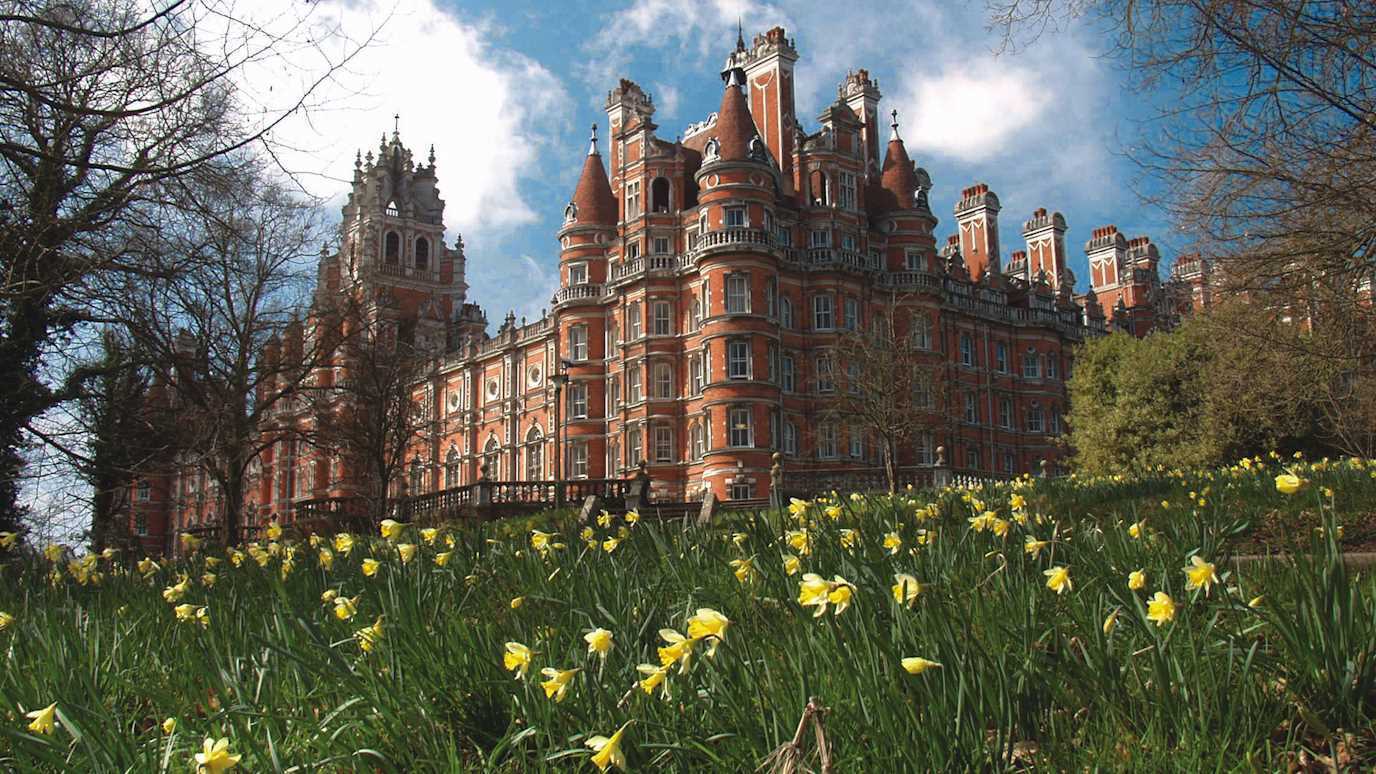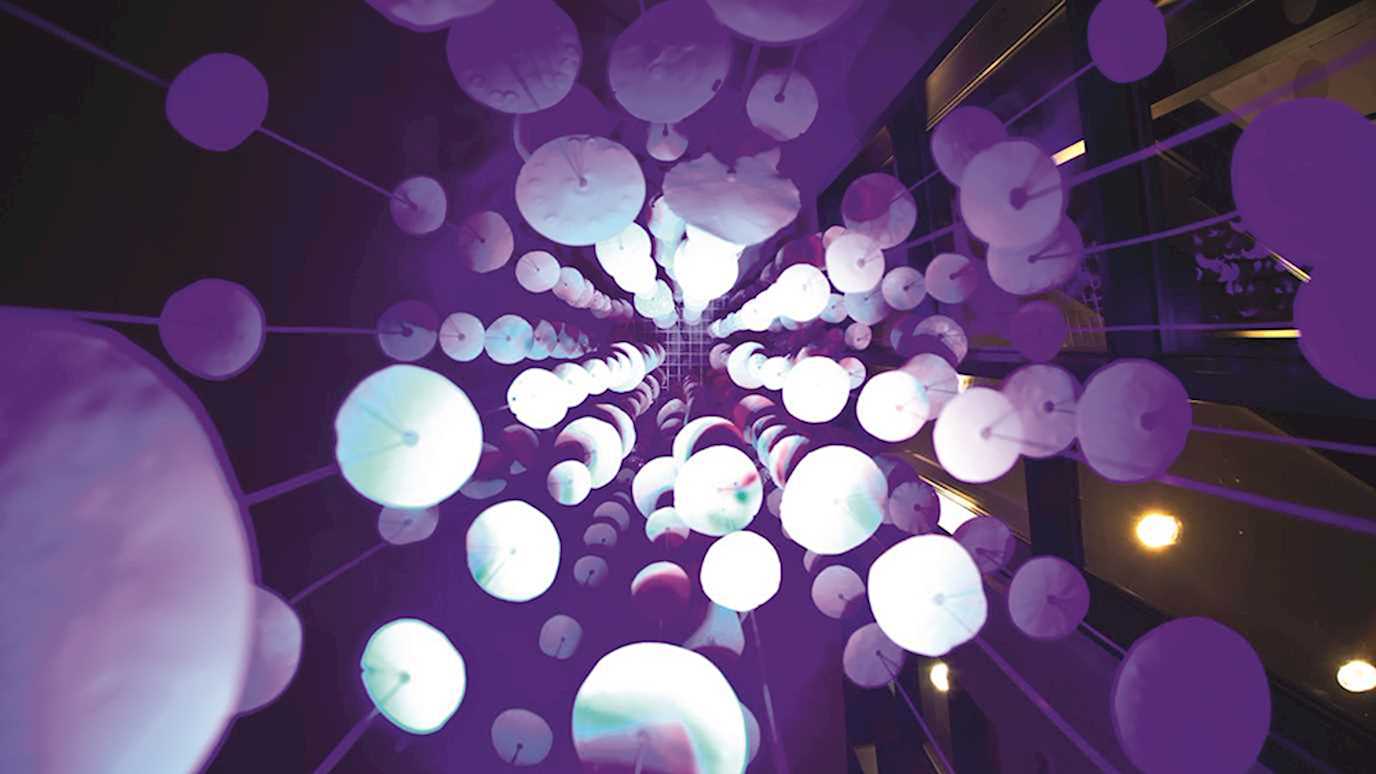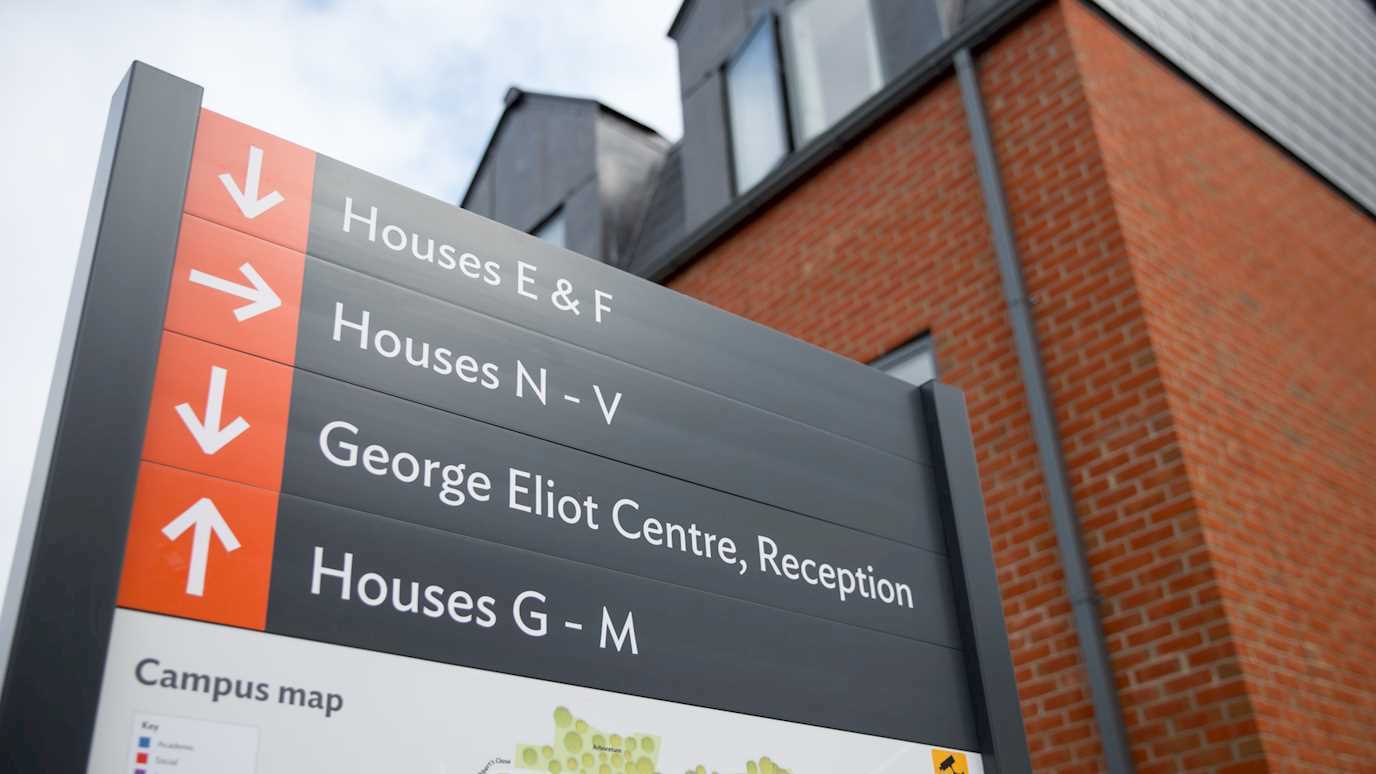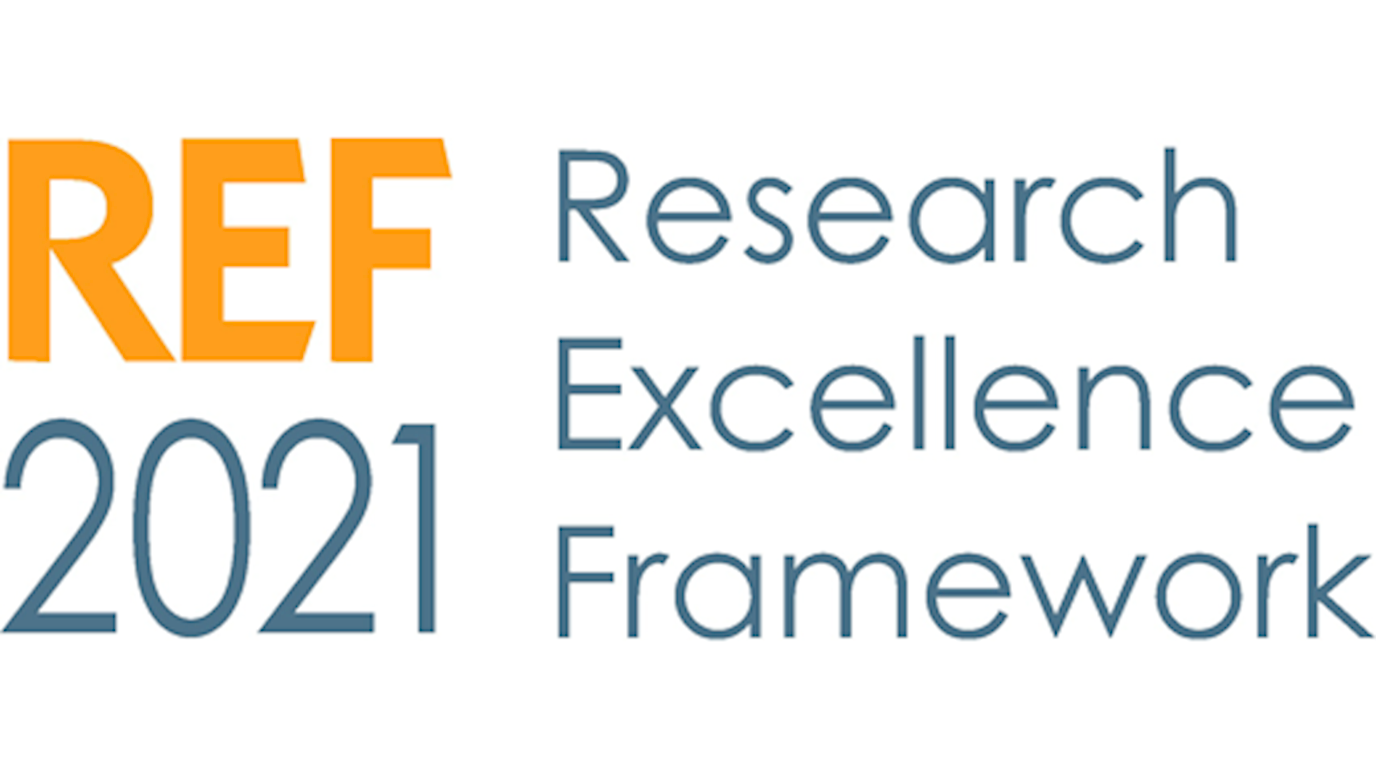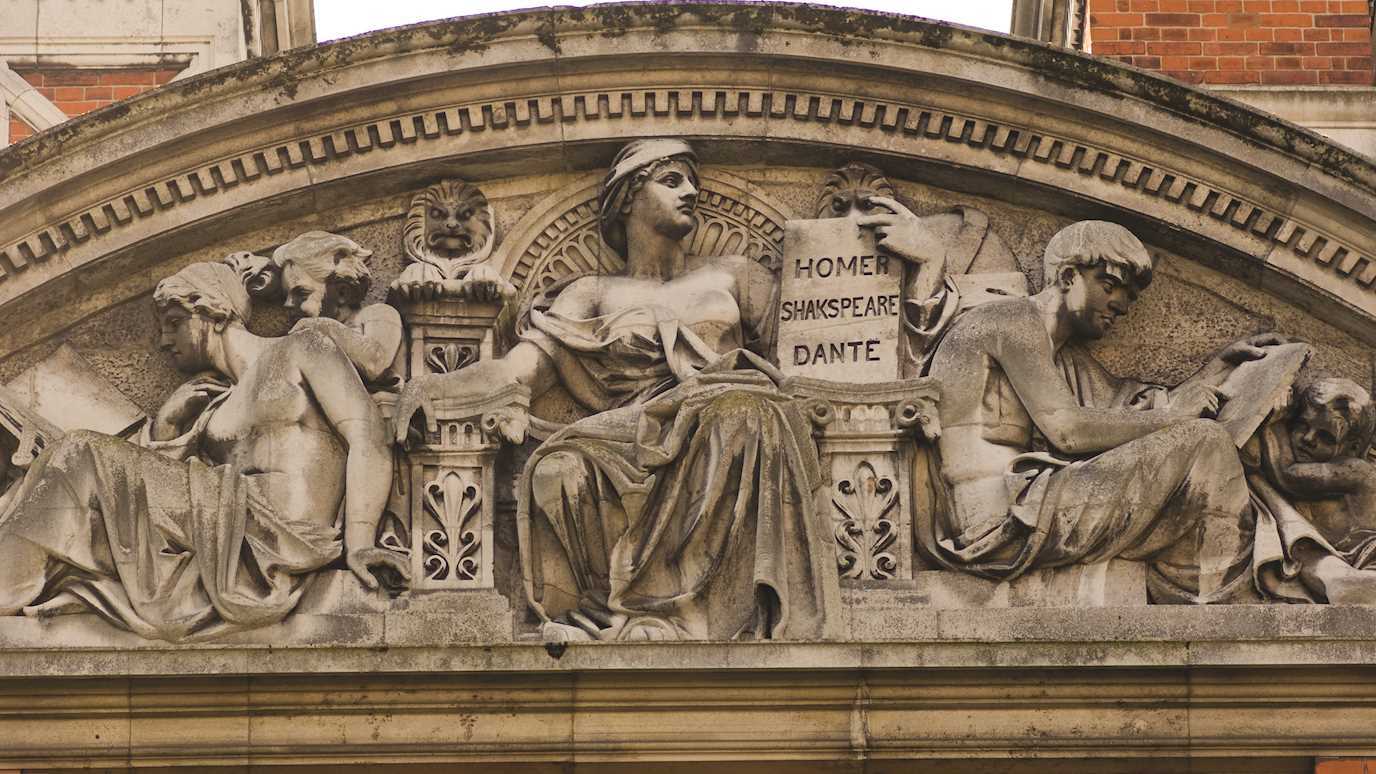Ashton, G. & Talbot C., BILBY-MCMC: an MCMC sampler for gravitational-wave inference, Monthly Notices of the Royal Astronomical Society, Volume 507, Issue 2 (2020)
Maund, J. R., (2024), Exploring the polarization of axially symmetric supernovae with unsupervised deep learning, Monthly Notices of the Royal Astronomical Society, 528, 3875, DOI:10.1093/mnras/stad2572
Maund, J. R., et al., (2023), A flash of polarized optical light points to an aspherical 'cow', Monthly Notices of the Royal Astronomical Society, 521, 3323, DOI:10.1093/mnras/stad539
Ashton, G., Dietrich, T., (2022), The use of hypermodels to understand binary neutron star collisions, Nature Astronomy, 6, 961, DOI:10.1038/s41550-022-01707-x
Spurio Mancini, A., Pourtsidou, A., (2022), KiDS-1000 cosmology: machine learning - accelerated constraints on interacting dark energy with COSMOPOWER, Monthly Notices of the Royal Astronomical Society, 512, L44, DOI:10.1093/mnrasl/slac019
Spurio Mancini, A., et al., (2022), COSMOPOWER: emulating cosmological power spectra for accelerated Bayesian inference from next-generation surveys, Monthly Notices of the Royal Astronomical Society, 511, 1771, DOI:10.1093/mnras/stac064
Abbott, B. P., et al., (2020), GW190425: Observation of a Compact Binary Coalescence with Total Mass ∼ 3.4 M, The Astrophysical Journal, 892, L3, DOI:10.3847/2041-8213/ab75f5
Spurio Mancini, A., et al., (2019), KiDS + GAMA: constraints on horndeski gravity from combined large-scale structure probes, Monthly Notices of the Royal Astronomical Society, 490, 2155, DOI:10.1093/mnras/stz2581
Ashton, G., et al., (2019), Rotational evolution of the Vela pulsar during the 2016 glitch, Nature Astronomy, 3, 1143, DOI:10.1038/s41550-019-0844-6
Ashton, G., et al., (2019), BILBY: A User-friendly Bayesian Inference Library for Gravitational-wave Astronomy, The Astrophysical Journal Supplement Series, 241, 27, DOI:10.3847/1538-4365/ab06fc
Spurio Mancini, A., et al., (2018), Testing (modified) gravity with 3D and tomographic cosmic shear, Monthly Notices of the Royal Astronomical Society, 480, 3725, DOI:10.1093/mnras/sty2092
Maund, J. R., et al., (2004), The massive binary companion star to the progenitor of supernova 1993J, Nature, 427, 129, DOI:10.1038/nature02161


